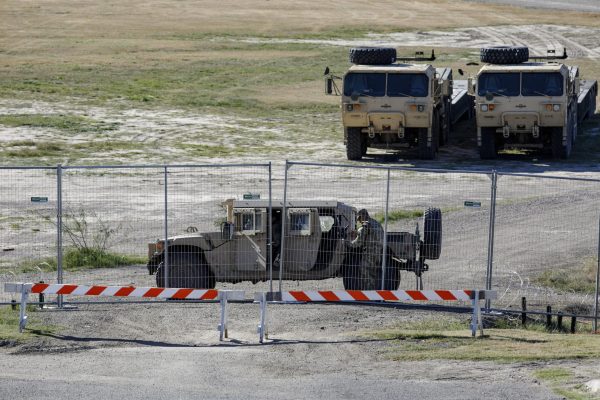Be informed, be aware and always be prepared
Active shooter situations have become a grim frequent occurrence in the United States. As described by The United State Department of Homeland Security an active shooter is an individual actively engaged in killing or attempting to kill people in a confined and populated area. In light of the most recent shooting in Thousand Oaks, California, which left 13 dead, the staff at The JTAC and the Tarleton State University Police Department feel it is important to know what to do in an active shooter situation. Tarleton State University Police Chief, Matt Welch, stressed the importance of taking steps to always be prepared in this sort of situation.
“You should always take note of the exits in any building you are in, whether it is a bar, a school, a church, etc. be sure to not only pay attention to the main exit, but other exit options that will not be as crowded,” Welch said.
Welch also stressed small details such as the shoes you are wearing; whether they are easy to run in and escape if the need arises. Welch also expressed that it is good practice to have a plan on where to meet up after any event you go to.
“I read that one girl in the Thousand Oaks shooting had gone into the bar with six or so friends and when she came out she didn’t know where some of them were,” Welch said. “Before you go into any venue or event, you should state a location of where you will all meet up when it is over; this can prevent that kind of confusion from happening.”
Ready.Gov, a website which, lists three steps to take in an active shooter situation: Run and escape if possible, hide if escape is not possible and fight as an absolute last resort. Escaping the shooter or shooters is the top priority. You should leave your belongings behind and if possible help others to escape. While making your escape you should warn and prevent individuals from entering into an area where there may be an active shooter. If you are able to safely escape you should always call 911 immediately. When speaking to law enforcement or a 911 operator you should provide the location of the active shooter, the number of shooters if more than one, the physical description of the shooter/s, the number and type of weapons held by the shooter/s and the number of potential victims at the location.
If it is not possible to escape, the next best thing to do is hide. You should get out of the shooters way and stay as quiet as possible. The ideal hiding place is out of the shooter’s view and provides protection if shots are fired in your direction. When hiding it is important to spread out and not hide in groups; you should make it as difficult for the shooter as possible; spread out along walls or hide separately. Always be sure to silence all electronic devices and make sure that they won’t vibrate. You should also lock and block all doors, turn off the lights, and close the blinds. In order to communicate with police, try to use text message or social media to tag your location; you can also try to put a sign in a window. Do not leave from your hiding place until law enforcement has given the clear, even if you think the shooting has stopped.
The last resort in an active shooter situation is to fight. If it has come to this last resort you should commit to your actions and act as aggressively as possible, being prepared to cause severe or lethal injury to the shooter. If others are near, you may recruit them to ambush the shooter using makeshift weapons like chairs, fire extinguishers, scissors, books, etc. You can also try to throw items to distract and disarm the shooter.
After an active shooter incident can be a terrifying and intense time. You should know that law enforcement’s first task is to end the incident and that they may have to pass injured along the way. If there are injured near you try to provide first aid while you wait for first responders to arrive; place direct pressure to wounded areas and use tourniquets if you are trained to do so. When law enforcement arrives, you should keep your hands visible and empty, try to remain calm and always follow law enforcement instructions as they may shout commands and push individuals to the ground for their safety. After a trauma such as an active shooter situation it is always a good idea to seek professional help in coping with the long-term effects.
As in any disaster it is always best to be prepared in advance. You should be informed about what to do in situations and you may want to even sign up for a training that covers active shooters such as C.R.A.S.E. It is important to always be aware of your environment. Make a plan, and always have in mind where the nearest exits are and where you could hide.
If you see something that is concerning, always report it to an authority right away. On campus, you may contact campus crime stoppers in order to anonymously provide law enforcement agencies with information on crimes or suspects; the contact number is 254-965-2274. You may also contact the Tarleton Police Department if you feel a student is a threat to those around them; the number for that is 254-968-9002. As in any emergency situation you should always contact 911.




